Black Willow
$69.50 Original price was: $69.50.$48.65Current price is: $48.65.
- Free Shipping over $25
- Fast & reliable delivery options
- Enjoy top quality items for less
- Multiple safe payment methods

It is easy to underestimate the value that trees can bring to green spaces. A lot of time tends to be spend on maintaining beds and borders, the perfect lawn, shrubs and hedges and even the plants that provide an edible element to the landscape being created, but it is easy to forget that your garden can be continued into the space well above the ground. Trees allow you to break up space creatively, and can act as beautiful screens to shield you from surrounding properties too. Not only that but they provide a great many services to nature also, and when you consider the urban environment then this is an important job. It’s also one that fills your garden with birds, insects and animals that you might not otherwise entertain as guests. It is a win-win for all involved.
The black willow offers some very unique properties that set it apart from most other trees of similar size. Native to North America, it can be found growing beside water courses with its shallow roots providing support for the soil around it. It has long been used as a way to naturally strengthen riverbanks that would otherwise fall foul of soil erosion, and it quite enjoys the fertile silt and fresh earth left behind by flood waters. These properties give the black willow some very practical uses when it comes to planting placement. They do not tolerate drought well though, and so do need to be in a position where they are almost continually moist, and along with this they need to be in full sun as they suffer in partial shade
Once planted the willow will send out suckers in order to create a group and if these new trees become too crowded they will block the light of the smaller members of the cluster, so it is best to thin them out to avoid unnecessary losses. Of course, if you want to encourage the growth of one strong specimen then its attempts to spread are easily curtailed by removing the suckers as they appear.
These are trees that grow fast – as much as four feet per year – and because of this, they have long been used for wickerwork as the young branches are malleable and whippy. It is also common to see willow used in screens and fences, as well as conservatory and garden furniture, thanks to the nature of the branches; they bend and weave very well, giving a tight construction and attractive finish.
Quite aside from the practical uses of these trees they are utterly wonderful to behold, with a texture and movement rarely seen in other trees. They bear an abundance of small narrow leaves whose underside is a shade or two lighter than the upper leaf, and the effect of this creates a beautiful shimmering display when touched by a breeze. When the catkins appear they draw a good many bees, butterflies and flying insects that love the nectar they offer, and when the seeds take flight themselves it always appeals to the wonder of children everywhere to see the tiny white fluffy seedlings floating around. The black willow has a strong relationship with many creatures for both protection and food.
For Food
- White-tailed deer
- Eastern cottontail
- Honey bee
- European gypsy moth
- Eastern Tiger Swallowtail
- Beaver
For Shelter
- Pileated woodpecker
- Black rat snake
- Barred owl
- Luna moth
- Big brown bat
- Wood duck
There are a great many more insects and animals that benefit from the black willow so as you can see there is a lot to be gained by bringing one of these trees into the right space.
Although there are a few pests that can cause trouble for these lovely trees, it is unlikely that they will kill it completely. Worth watching out for are the forest tent caterpillar, the cottonwood leaf beetle and the imported willow leaf beetle which can defoliate willow trees.
Be the first to review “Black Willow” Cancel reply
Related products
Maple Trees
Japanese Maple Trees
Ginkgo Trees
Poplar Trees
Shade Trees
Shade Trees
Maple Trees
Japanese Maple Trees



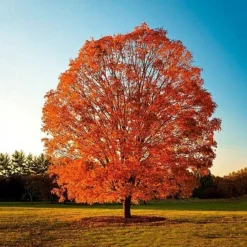
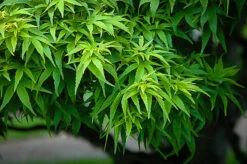


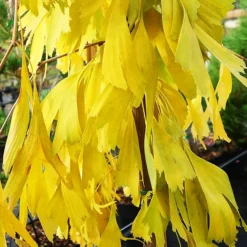
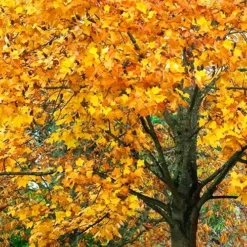

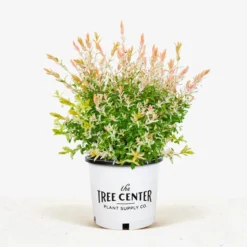

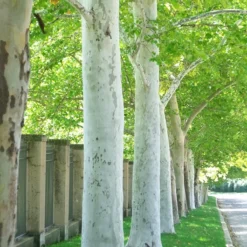
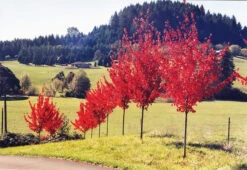



Reviews
There are no reviews yet.